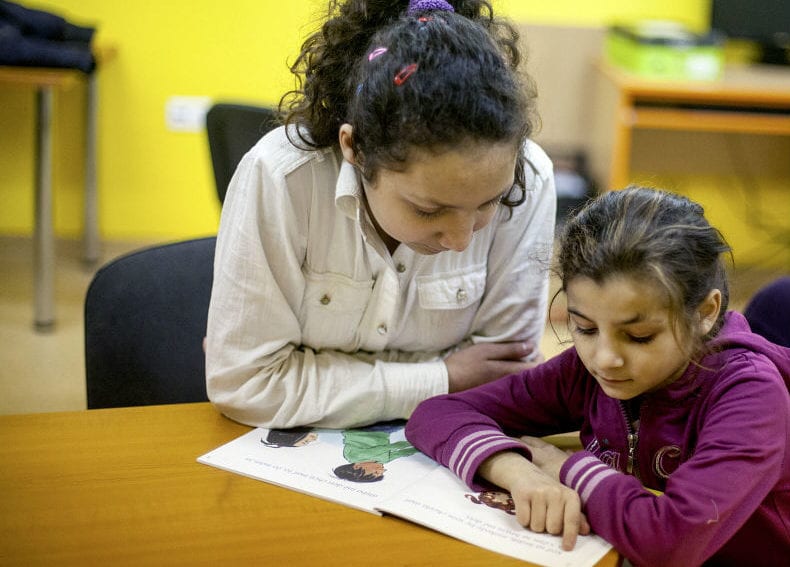By: Sylvia Tippmann
Send to a friend
The details you provide on this page will not be used to send unsolicited email, and will not be sold to a 3rd party. See privacy policy.
The map above shows the percentages and ratio of disabled and non-disabled children in school across 29 countries.
Use the drop down menu to view different options.
Disabled children are commonly believed to be largely excluded from school in developing countries, but a new study shows that the difference between disabled and non-disabled children’s attendance is lower than expected.
Coauthor Hannah Kuper of the London School of Hygiene & Tropical Medicine, United Kingdom, recently told SciDev.Net that the findings should shift development sector debates away from a focus on merely getting disabled children into school and encourage greater consideration of the quality of education disabled children get.
Kuper and her colleagues analysed a survey of almost one million children supported by children’s charity Plan. Across these nations, disabled and non-disabled children were surveyed about issues such as education, health and poverty. The interactive map above includes data on 29 of these nations.
The survey found that, although the majority of disabled children were in school, they experience greater discrimination than non-disabled children.
The researchers found no clear relationship between disability and poverty, but disabled children were less likely than non-disabled children to be in school and were more likely to have reported a serious illness in the last year.
The interactive map shows how access to school for disabled and non-disabled children varies among the surveyed countries.
To quantify the imbalance between these groups, the researchers compared their respective school attendances. The resulting ‘odds ratio’ reflects the level of inequality between the two populations: the higher the number, the higher the inequality. It was calculated by comparing the percentage of disabled and non-disabled children in schools before correcting for age and gender imbalances within these groups.
Among the surveyed countries, disabled children were most discriminated against in educational terms in Colombia, which has a ratio of 26. Mozambique and Zimbabwe, on the other hand, both had relatively low discrimination rates against disabled children.














